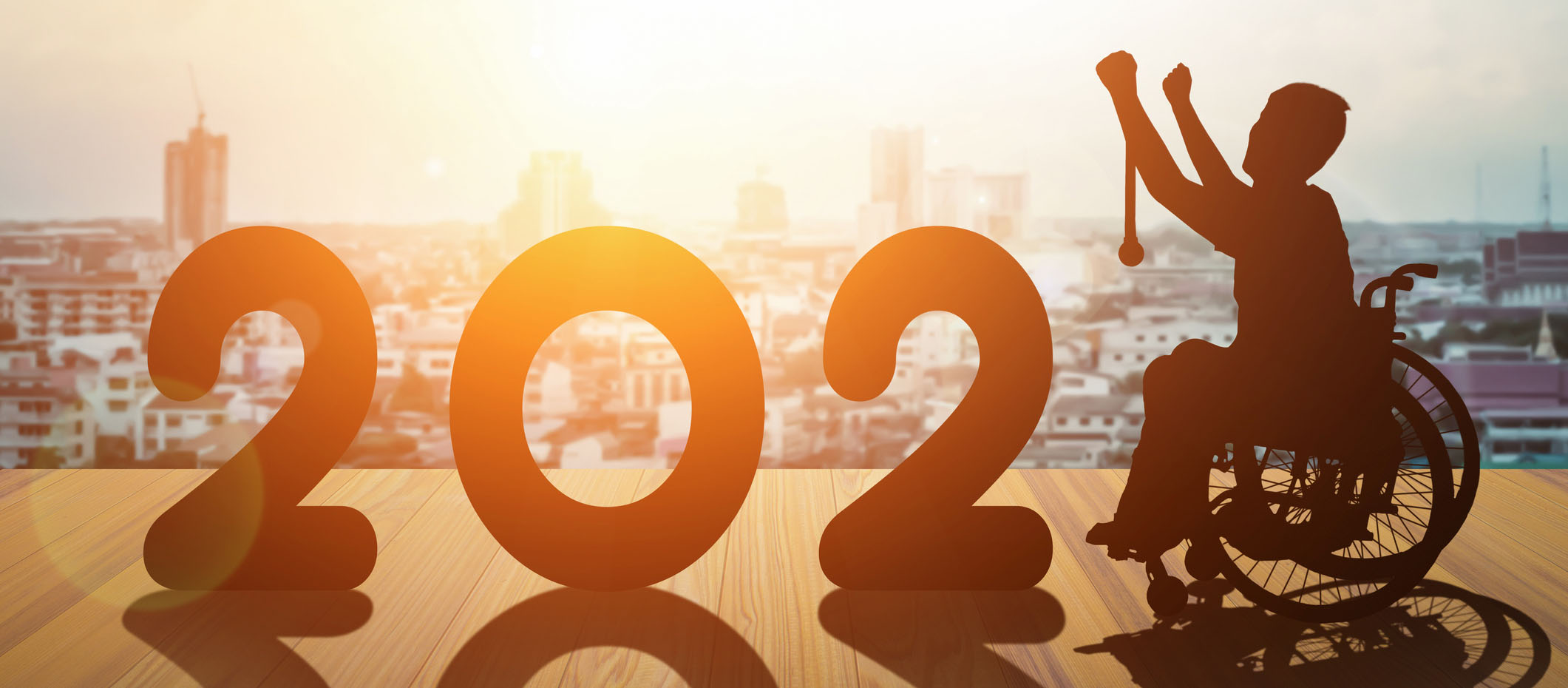Written by: Andrew Crocker, Senior Extension Program Specialist, Gerontology and Health, Texas A&M AgriLife Extension Service
Approximately 27% of adults in the United States report some type of disability, the most common of which are cognitive and mobility disabilities. Individuals also frequently report some type of hearing or vision impairment as well as difficulty in independent living and self-care tasks. We often think about disability as an individual process and as an independent variable, meaning there is little that can be done to impact it. However, disability should be thought of as an individual and societal process as well as a dependent variable, meaning there may be things that can be done to reduce the impact of the disability on the individual.
The Enabling-Disabling Process Model imagines the individual with a disability in the middle of a mat held taut by all the resources, services, and supports surrounding the individual. In this scenario, the individual is minimally impacted by the disability because of the strength of the environment. Conversely, when the resources, services, and supports surrounding the individual are weak or inadequate, the mat sags and the impact of the disability is greater.
Fostering a Culture of Accessibility
As helping professionals, there may be some ways we can work to strengthen this imaginary mat supporting individuals with disabilities. Though not an exhaustive list, the following are some considerations for helping reduce the impact of disability:
- Attitude: working to reduce stereotypes or stigmas associated with disability, recognizing abilities, and finding opportunities to promote inclusion.
- Communication: working to ensure written and verbal messaging is inclusive and accessible in the preferred format of the individual.
- Physical: working to reduce barriers and obstacles that prevent access or participation.
- Policy: working to promote awareness and enforcement of programs, services, and benefits regulations.
You’ll notice that each of these recommendations begins with “working” recognizing that supporting individuals with disabilities is a dynamic and evolving process. By working to create stronger supports for the mat supporting the individuals we serve, we work to lessen the impact of the disability on their lives.
References
Centers for Disease Control and Prevention, National Center on Birth Defects and Developmental Disabilities, Division of Human Development and Disability. Disability and Health Data System Data. https://dhds.cdc.gov Last Accessed: 28 December 2023.
Institute of Medicine (US) Committee on Assessing Rehabilitation Science and Engineering; Brandt EN Jr., Pope AM, editors. Enabling America: Assessing the Role of Rehabilitation Science and Engineering. Washington (DC): National Academies Press (US); 1997. 3, Models of Disability and Rehabilitation. Available from: https://www.ncbi.nlm.nih.gov/books/NBK233576/













